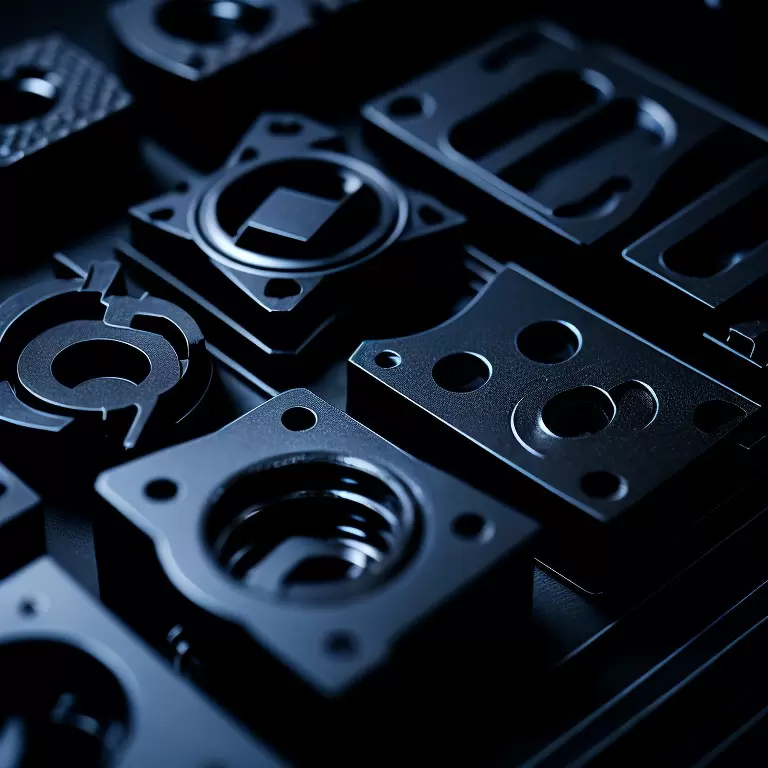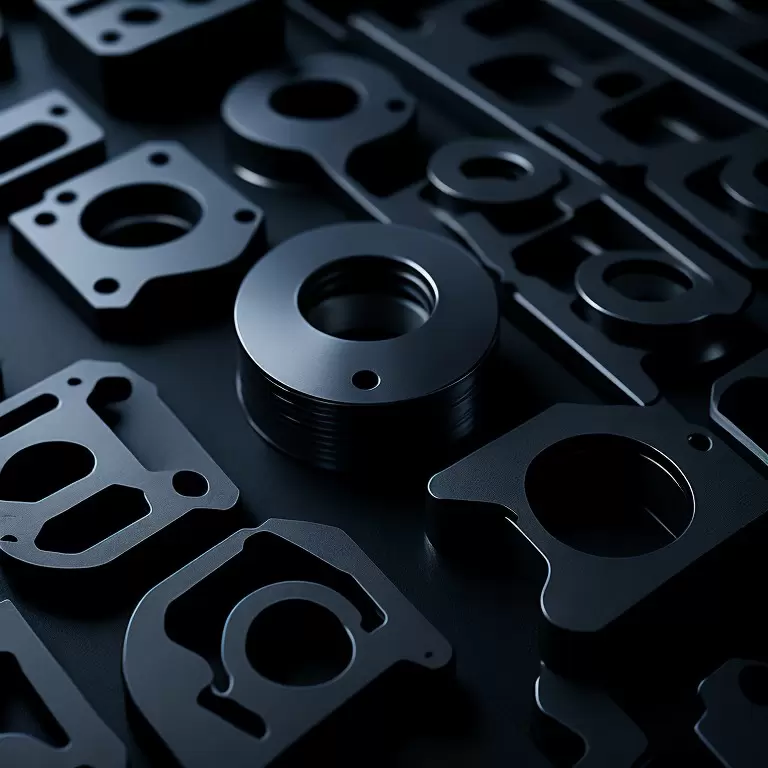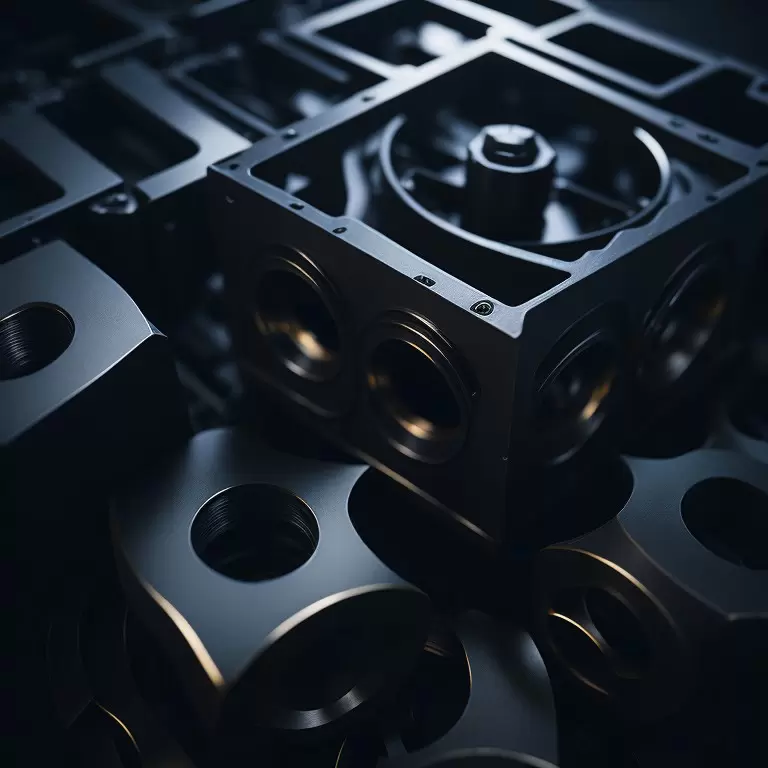Table of Contents:
- Introduction to Large Die Parts
- Types of Large Die Parts
- Materials Used in Large Die Parts
- Manufacturing Techniques for Large Die Parts
- Design Considerations for Large Die Parts
- Maintenance of Large Die Parts
- Applications of Large Die Parts
- Advancements in Large Die Part Technology
- Conclusion: The Importance of Large Die Parts in Manufacturing
-
1.Introduction to Large Die Parts
Large Die Parts are integral components in the manufacturing industry, used to shape and form various types of materials into specific parts and products. These dies are typically made of high-strength materials such as steel alloys, tool steel, and carbide, and are designed to withstand high pressure, heat, and stress. The manufacturing of large die parts involves intricate design and manufacturing techniques to achieve precise tolerances and surface finishes. These parts are utilized in various industries, including automotive, aerospace, consumer goods, and construction. The advancements in the technology of large die parts, such as coatings and surface treatments, additive manufacturing, and simulation and modeling, have opened up new possibilities for manufacturing complex and innovative products. Understanding the fundamental functions and components of large die parts is essential for those involved in the manufacturing industry.
-
2.Types of Large Die Parts
A. Punches:
Punches are one of the primary components of large die parts, used to create holes, indentations, and shapes in materials. They are typically made of hardened steel or carbide and come in various shapes and sizes.
B. Dies:
Dies are used in conjunction with punches to shape materials into different forms. They can either be made from a single piece of metal or consist of multiple segments assembled together. Dies are often custom-made and require high levels of precision in their design and manufacturing.
C. Inserts:
Inserts are used to increase the life of dies by providing a replaceable wear surface. They are typically made of hardened steel or carbide and can be installed into die segments or directly onto the die plate.
D. Strippers:
Strippers are used to remove the formed material from the punch after it has been stamped. They can be made of various materials, including plastic or steel, and are often designed to work in tandem with ejector pins.
E. Retainers:
Retainers are used to keep the die segments in place and prevent them from shifting during the stamping process. They can be made from various materials, including steel and aluminum, and are typically located on the edges of the die. Retainers often have alignment features and fasteners to ensure proper positioning and stability during use.
-
3.Materials Used in Large Die Parts
A. Steel Alloys:
Steel alloys are commonly used in the production of large die parts due to their high strength, durability, and resistance to wear and tear. These materials are also relatively inexpensive compared to other options and can be formed and machined easily.
B. Tool Steel:
Tool steel is a type of high-strength alloy steel specifically designed for use in manufacturing tools and dies. It has excellent hardness, abrasion resistance, and toughness, and can withstand high temperatures and pressures.
C. Carbide:
Carbide is a compound consisting of tungsten or titanium combined with carbon. It is extremely hard and wear-resistant, making it an ideal material for the production of punch and die components. Carbide is also capable of maintaining its durability and strength at high temperatures, making it particularly useful in stamping applications involving high heat. However, carbide can be costly and can be challenging to machine, making it less attractive for some manufacturing applications.
-
4.Manufacturing Techniques for Large Die Parts
A. Machining:
Machining is a common manufacturing technique used to produce large die parts. It involves cutting or shaping material through the use of a machine tool (such as a lathe, milling machine, or grinder) to achieve the desired shape and size. Machining is a precise technique and is well-suited to creating complex geometries and features with tight tolerances.
B. Forging:
Forging involves heating a material and shaping it into the desired form through compression between two or more dies. This manufacturing technique is particularly useful for producing large die parts that require high strength and durability, as the process can help to align the grain structure of the material, making it more resistant to fatigue and failure.
C. Extruding:
Extruding is a manufacturing process that involves pushing material through a die to create a continuous profile or shape. This technique can be used to produce long, lengthwise parts with consistent cross-sectional dimensions. It is often used with aluminum and other non-ferrous metals, and is well-suited to producing parts with challenging geometries or tight tolerances.

-
5.Design Considerations for Large Die Parts
A. Strength and Durability:
Strength and durability are critical design considerations for large die parts. The materials used, as well as the specific geometry and manufacturing process, must be carefully selected to ensure that the die can withstand high-pressure and temperature conditions over time. Factors such as stress concentration, fatigue, and wear must also be accounted for in the design and manufacturing process.
B. Surface Finish:
Surface finish is an essential consideration for large die parts, as it can have a significant impact on the functionality and longevity of the part. A smooth surface finish can help to reduce friction, prevent material buildup, and improve overall performance. Rough or uneven surfaces can lead to problems such as scoring or galling, which can affect the part’s functionality and even shorten its lifespan.
C. Tolerances:
Tolerances refer to the allowable deviation from a specified dimension or size. In the manufacturing of large die parts, tight tolerances are often required to ensure that the part functions properly and interlocks with other components. The manufacturing process must be carefully controlled to ensure that the tolerances are consistently met and that the part performs as expected.
D. Heat Treatment:
Heat treatment is a critical aspect of the manufacturing process for many large die parts. This process involves heating the part to a specific temperature and then cooling it to impart desired properties and characteristics. Heat treatment can help to increase the strength and hardness of the part, improve wear resistance, and reduce the risk of cracking or other defects. The specific heat treatment process must be tailored to the material being used and the desired properties of the finished part.
-
6.Maintenance of Large Die Parts
A. Cleaning and Lubrication:
Proper cleaning and lubrication are essential in maintaining the performance and longevity of large die parts. The parts should be cleaned regularly to remove any debris or buildup, as this can affect the surface finish and overall operation of the part. Lubrication helps to reduce friction and wear on the part, preventing premature failure. Care should be taken to use appropriate lubricants that are compatible with the type of material being used in the part.
B. Inspection and Repair:
Regular inspection and repair are necessary to ensure that large die parts are functioning correctly and that any issues are addressed promptly. Inspection can help to identify early signs of wear and damage, allowing for repairs to be made before the part fails. Repairs may include activities such as regrinding, polishing, or replacing parts, depending on the nature of the problem.
C. Replacement:
In some cases, large die parts may need to be replaced due to wear, damage, or changes in manufacturing specifications. Replacement may be necessary when a part is beyond repair, or when there are changes to the production process or materials being used. It is important to work with a qualified manufacturer to ensure that any replaced parts meet the necessary specifications and are properly installed for optimal performance.
-
7.Applications of Large Die Parts
A. Automotive Industry:
Large die parts are utilized extensively in the automotive industry for stamping and forming metal parts for vehicle bodies, such as door panels, fenders, and hoods. These parts need to have precise tolerances and a high degree of uniformity in shape, size, and surface finish. The automotive industry also uses large die parts in the production of other parts such as engine blocks, transmission components, and suspension parts.
B. Aerospace Industry:
Large die parts also play an important role in the aerospace industry. These parts are used to create complex shapes for airplane wings, fuselages, and other components. Aerospace manufacturers rely on high-quality alloys and manufacturing processes to ensure that these parts are strong, lightweight, and reliable. Large die parts are also critical in producing rocket engine parts, which require high precision and accuracy.
C. Consumer Goods Industry:
The consumer goods industry uses large die parts to manufacture a range of products such as appliances, furniture, and electronics. These parts need to have tight tolerances, intricate surface finishes, and precise geometries to meet customer demands. Large die parts are also used in the production of packaging materials such as aluminum cans, foil, and plastic containers.
D. Construction Industry:
The construction industry relies on large die parts to fabricate steel or reinforced concrete structures such as buildings, bridges, and tunnels. Large die parts are also used to make sheet metal components for HVAC systems, ducts, and other building systems. These parts need to be strong, durable, and capable of withstanding harsh environmental conditions.
-
8.Advancements in Large Die Part Technology
A. Coatings and Surface Treatments:
Advancements in coatings and surface treatments have improved the performance and durability of large die parts. Coatings such as PVD, CVD, DLC, and other types of nano-coatings can help to increase wear resistance, reduce friction, and protect the surface of the part from corrosion and damage. Surface treatments such as shot peening, blasting, and electro polishing can also improve surface quality and increase the fatigue life of a part.
B. Additive Manufacturing:
Additive manufacturing, or 3D printing, has opened up new possibilities for the production of complex large die parts. This technology enables the creation of highly customized parts with intricate geometries and shapes that cannot be achieved using traditional manufacturing techniques. With additive manufacturing, large die parts can be produced quickly, with reduced material waste, and at a lower cost than traditional manufacturing methods.
C. Simulation and Modeling:
Simulation and modeling software can help to optimize the design and manufacturing parameters of large die parts. These tools allow manufacturers to simulate the behavior of a part under various conditions and make necessary changes before producing the actual part. This approach can save time and money, reduce waste, and enhance the overall quality of the part. It can also help to improve accuracy in predicting the part’s overall performance, lifespan, and require maintenance intervals.

-
9.Conclusion: The Importance of Large Die Parts in Manufacturing
Large die parts play an integral role in the manufacturing industry by enabling the production of a wide range of products across industries. From the automotive and aerospace sectors to consumer goods and construction, these parts allow for precise and efficient shaping and forming of materials into specific parts and products.
The selection of materials, design, and manufacturing techniques is essential in producing quality large die parts. Proper maintenance and regular inspection can ensure their longevity and optimal performance throughout their lifespan.
With advancements in coatings and surface treatments, additive manufacturing, and simulation and modeling, better performance and quality of large die parts is achievable. This not only supports the manufacturing process but also contributes to the significant improvement in the overall product performance, reliability, and customer satisfaction.
The design and production of large die parts have significantly impacted the growth and evolution of the manufacturing industry. It is evident that the ongoing development of new technologies will continue to enable the production of better and more complex products, and large die parts will continue to play a crucial role in this evolution.













